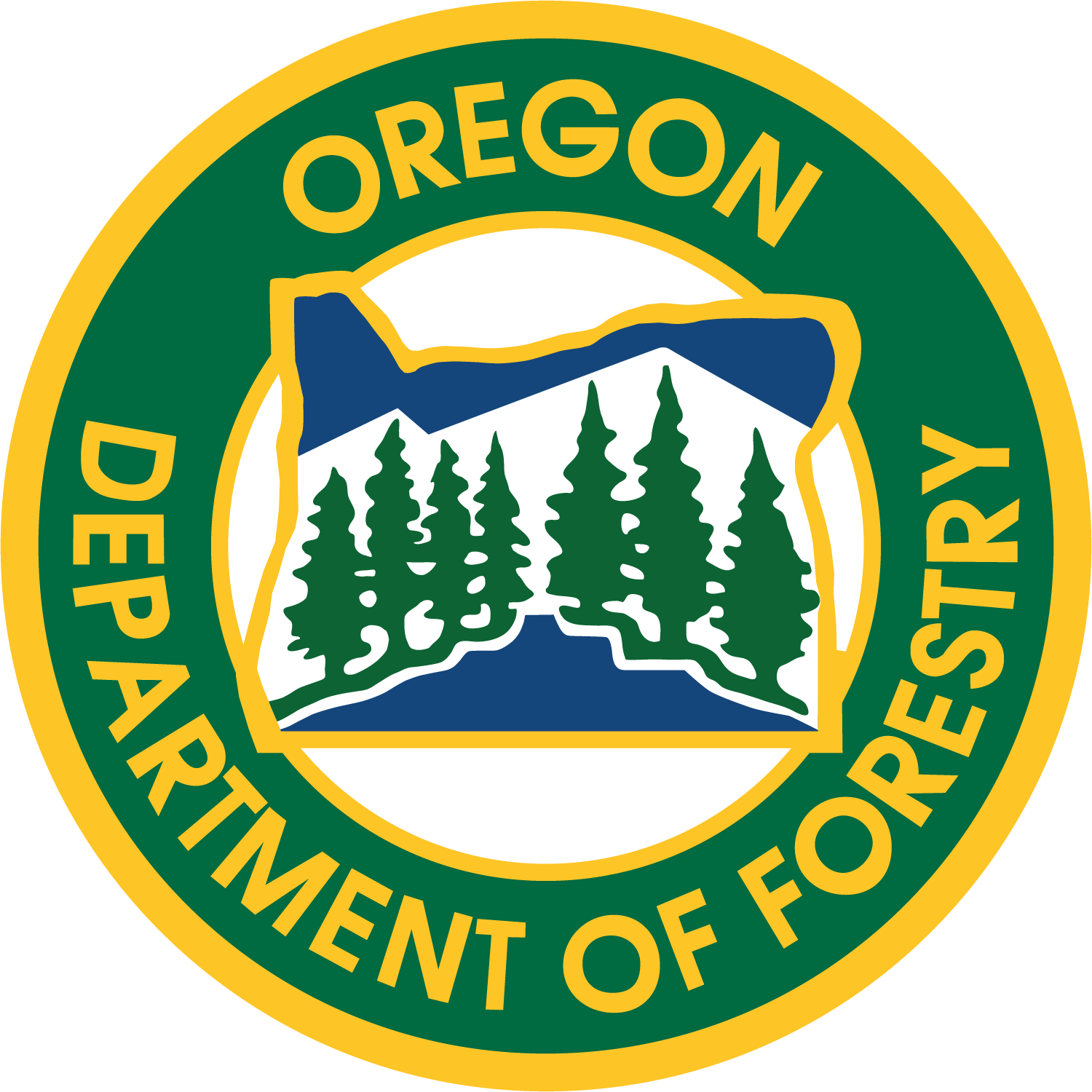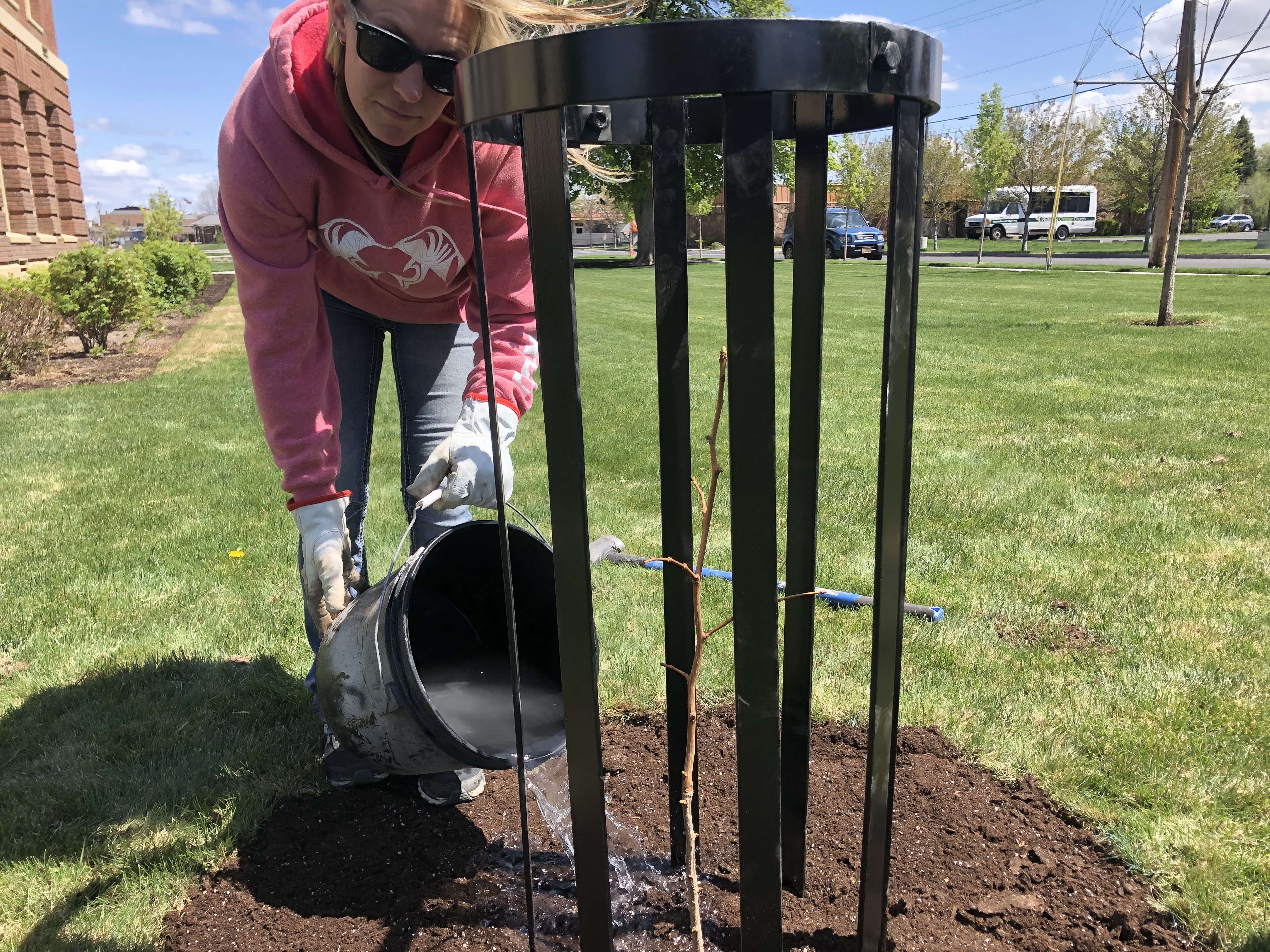75th Anniversary Of Atom Bombing Marked By New Online Map Showing Where Hiroshima Peace Trees Are Planted In Oregon (Photo) -08/03/20
SALEM, Ore – This Thursday, Aug. 6 marks the 75th anniversary of the atom bombing of Hiroshima, followed in a few weeks by the 75th anniversary of the close of World War II. Just in time for these commemorations, the Oregon Department of Forestry has launched a new online map where people can find the location of 45 Oregon peace trees grown from the seed of Hiroshima trees that survived the atom bomb. The trees are planted in 30 communities around the state, including two in the central Oregon cities of Bend and Remond.
The site tells the story of how the trees came to be in Oregon, which now has one of the largest plantings of Hiroshima-origin peace trees outside of Japan. View the new site at https://www.oregon.gov/ODF/ForestBenefits/Pages/Hiroshima-peace-trees.aspx
From Hiroshima to Oregon
Hiroshima survivor Hideko Tamura-Snider, co-founder of the Medford-based peace group One Sunny Day Initiatives, launched the effort to bring peace trees to her adopted state when she convinced Oregon Community Trees Board Member Michael Oxendine to obtain and grow seeds from her native city. Oxendine contacted Green Legacy Hiroshima, which collects the seeds from trees known to have survived the 1945 bombing of Hiroshima. After the seeds arrived in 2017, Oxendine germinated them and potted up the seedlings. With no facility to grow them on, Oxendine reached out to fellow OCT board members in late 2018 to find homes for the seedling ginkgo and Asian persimmon trees.
And OCT board member Jennifer Killian with Corvallis Parks and Recreation volunteered to care for the young trees for 18 months while OCT board member Jim Gersbach worked with Kristin Ramstad in the Oregon Department of Forestry to find permanent homes for the trees.
“We offered the trees first to Tree Cities USA and Tree Campus USA communities,” said Ramstad, who manages ODF’s Urban and Community Forestry Assistance Program. “We had a gratifying response from all parts of the state – the coast to eastern Oregon, and from the Columbia Gorge to near the California border. About three dozen entities, including schools and colleges, churches, cemeteries, parks and arboretums, were eager to obtain the trees and received them at no cost.”
Ramstad said the COVID-19 pandemic and the resulting ban on public gatherings curtailed the many elaborate public ceremonies that were to be held by communities to mark the plantings. “Although planting ceremonies had to be canceled, dedicated staff or volunteers got the trees safely in the ground. Most communities are vowing to hold dedications after it’s safe to again hold public gatherings.”
OCT also provided funds to OSDI to make commemorative plaques for the trees, some of which may be unveiled at the future dedications.
Symbols of resilience, hope and peace
Gersbach said the project is a reminder that beyond the environmental benefits tree canopy provides in cities, trees also can bring a community together to reflect on life’s more meaningful aspects and values.
“We are again in a time of widespread loss of life and uncertainty due to the novel corona virus,” he said. “These seedlings’ parents leafed out from scorched trunks in the months following the atom bomb, giving hope to the bereaved survivors in Hiroshima. Their progeny serve as hopeful symbols in our current pandemic of the resilience of life.”
After learning how many communities embraced the Hiroshima seedlings, Tamura-Snider wrote that the numerous plantings “filled me with joy, remembering the long journey for both the tree[s] and myself. Thank you, people of Oregon, for your enduring faith in the future, in the resilience of life.”
# # #

